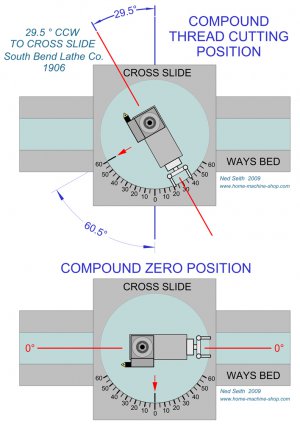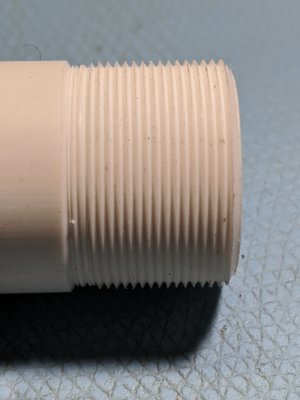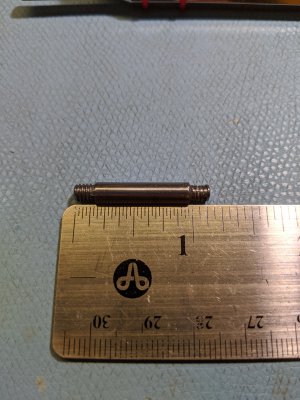- Joined
- Apr 22, 2016
- Messages
- 965
I had a similar problem with the threading dial and the 1/2 nuts not wanting to go in at the line. Solved it by putting a magic marker line slightly right of engraved line and now it always goes in when I want it. You may be getting 'just before' one time and 'just after' the next which would not make for nice threads.
Aaron
Aaron




